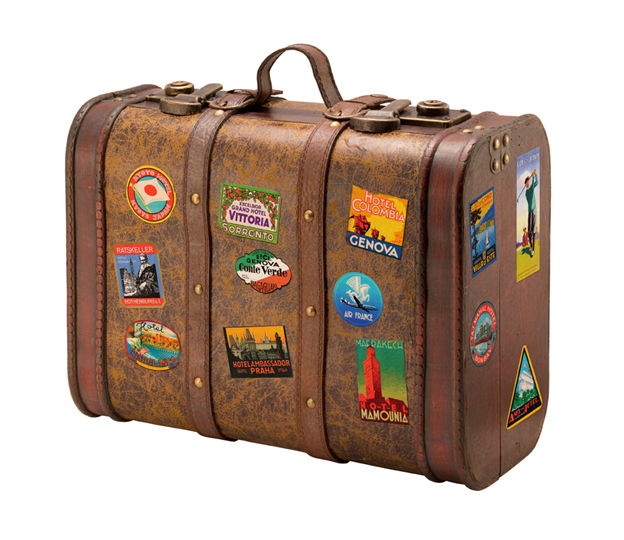How Much Would It Cost To Build The Death Star?
February 15, 2012 in Editorial, Top

Building a massive space weapon is all very well, but you have to find the materials to build it with. It’s easy to say that “sure, the Death Star would be expensive” but is there actually enough iron in the Earth to make the first Death Star? Centives decided to find out.
We began by looking at how big the Death Star is. The first one is reported to be 140km in diameter and it sure looks like it’s made of steel. But how much steel? We decided to model the Death Star as having a similar density in steel as a modern warship. After all, they’re both essentially floating weapons platforms so that seems reasonable.
 |
Name: HMS Illustrious
Volume: 28,591.2 m3 Mass: 22,000 tonnes |
Scaling up to the Death Star, this is about 1.08×1015 tonnes of steel. 1 with fifteen zeros.
Which seems like a colossal mass but we’ve calculated that from the iron in the earth, you could make just over 2 million* Death Stars. You see the Earth’s crust may have a limited amount of iron, but the core is mostly our favourite metal and is both very big and very dense, and it’s from here that most of our death-star iron would come.
 |
Name: Death Star Volume: 1,440,000 kilometres3 Mass: 1.08 x 1015 tonnes |
But, before you go off to start building your apocalyptic weapon, do bear in mind two things. Firstly, the two million death stars is mostly from the Earth’s core which we would all really rather you didn’t remove. And secondly, at today’s rate of steel production (1.3 billion tonnes annually), it would take 833,315 years to produce enough steel to begin work. So once someone notices what you’re up to, you have to fend them off for 800 millennia before you have a chance to fight back. In context, it takes under an hour to get the steel for HMS Illustrious.
Oh, and the cost of the steel alone? At 2012 prices, about $852,000,000,000,000,000. Or roughly 13,000 times the world’s GDP.**
But then again, you can just take out a loan from the entire planet and then default on them in the most awesome way possible.

(For the record when converting between iron and steel, Centives assumed a medium steel of 99.5% iron)
*Centives erronously reported this figure as 2 billion, not 2 million. Our thanks to commenter Shaun for pointing out this error
**Centives erroneously reported this figure as $8,100,000,000,000,000, which was off by a magnitude of 100. We’d like to thank commenter Ianvl for pointing this out. Despite our original error, the cost of the death star still comes out to be 13,000 times the world’s GDP as we originally reported. Sincere apologies for the mistake.
Enjoyed reading this? You might also like our look at the practicalities of mopping the Death Star floors, or the market value of a human soul. You can find those and other interesting things in our Editorials although if you want a selection of our most popular check out the Greatest Hits. And be sure to stay in touch:
The best part of this article is the insane discussion in the comments below. Check it out – and you can contribute too, without any sign ins or pesky user IDs. Before you do though please consider supporting the advertizers who make this site possible:




















Join the Discussion! (No Signup Required)